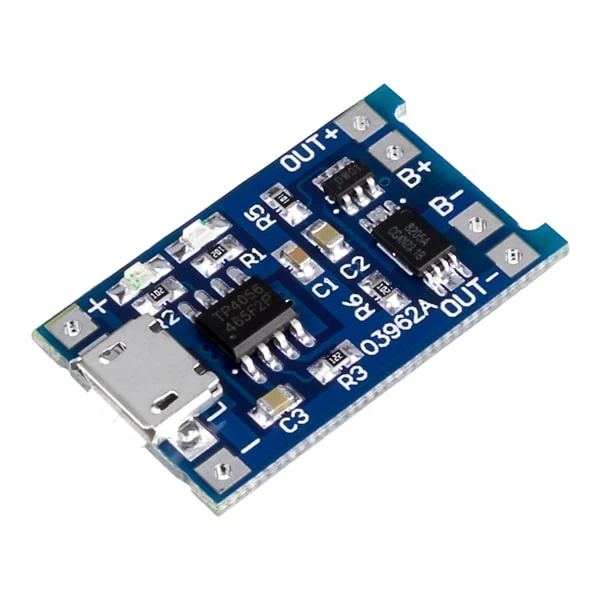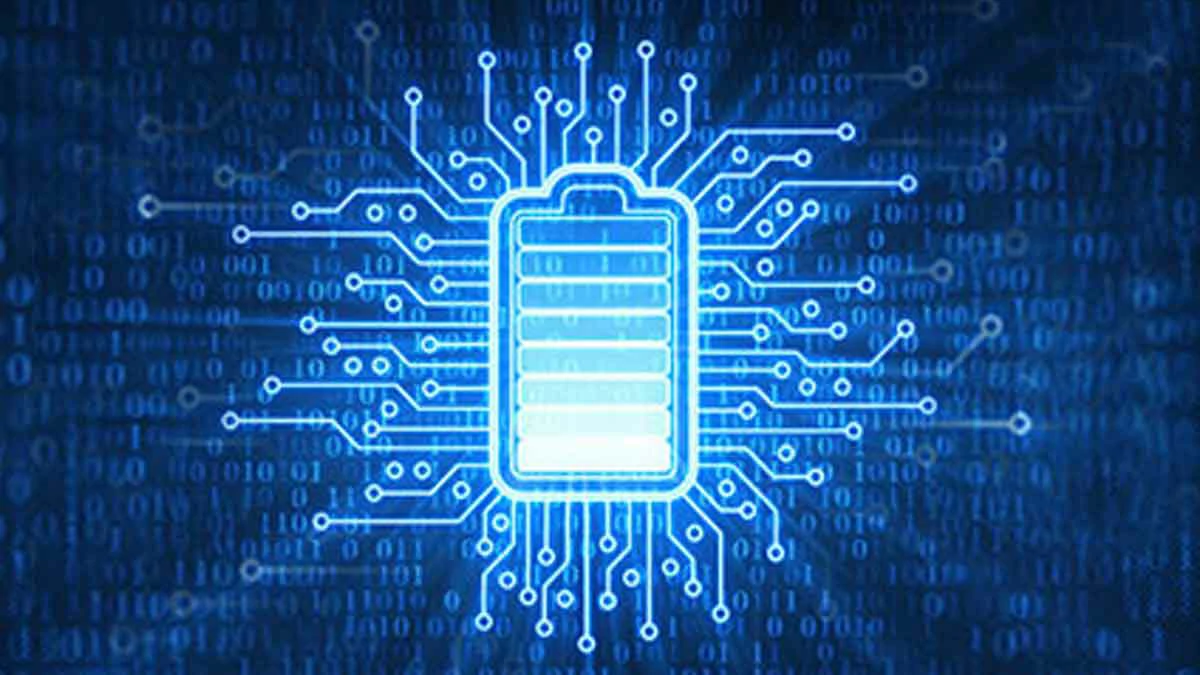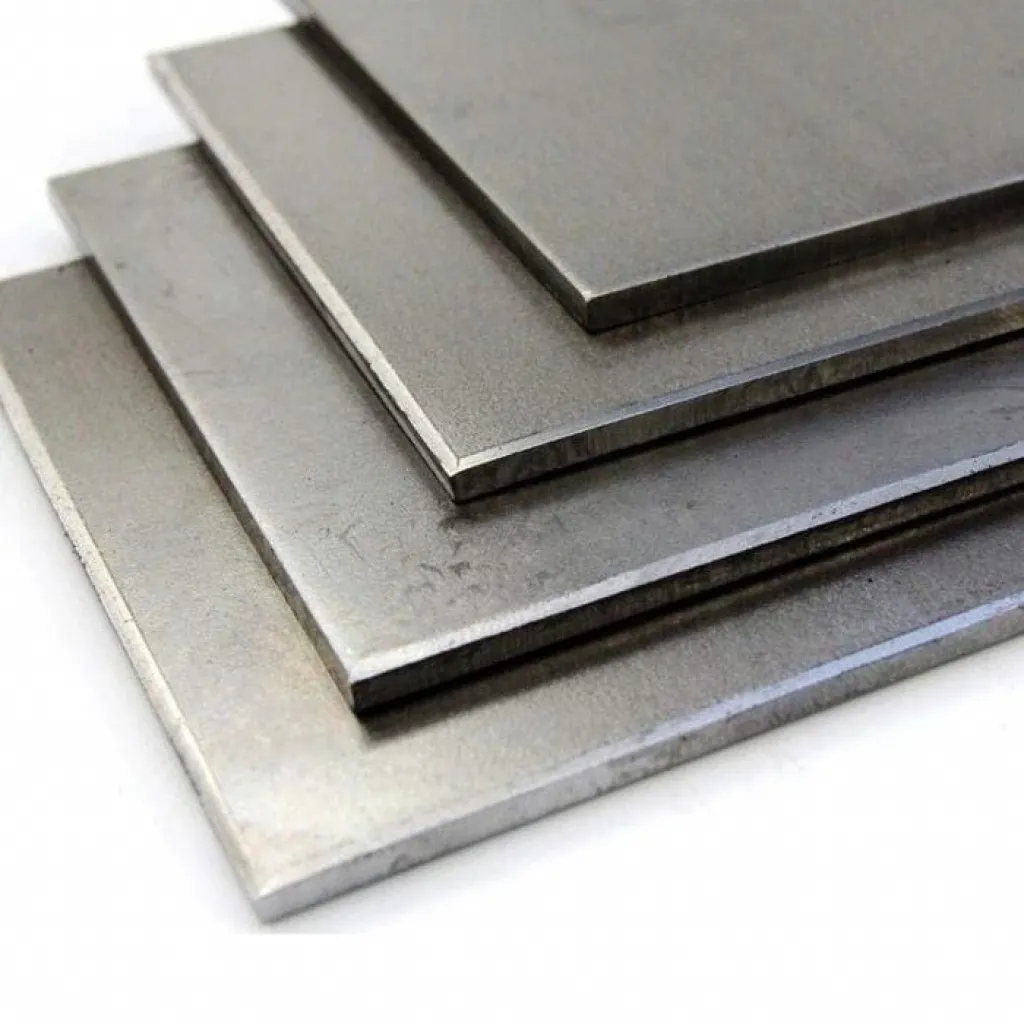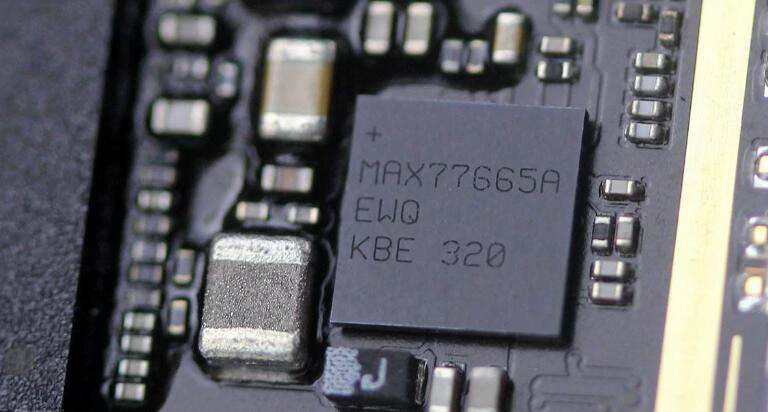Components of security protection system The safety protection system of...
The introduction of resistors in DC charging pile rectifier
Resistors in the rectifiers of DC charging piles, while not the main power-handling components, play several important roles in circuit design. Here are six key applications of resistors in the rectifiers of DC charging piles:
Main component
Current Limiting
Resistors can be used to limit the current during start-up or fault conditions, protecting the circuit from damage. In some circuit designs, resistors are used to limit the current flowing into the rectifier during start-up to prevent current surges.
Voltage Dividers
Resistors are often used as voltage dividers in conjunction with voltage measurement devices to monitor the voltage levels output by the rectifier. This is crucial for ensuring that the voltage remains within safe and expected ranges.
Damping Resistance
In some circuits, resistors act as damping resistances to reduce oscillations and transient responses in the circuit. This helps stabilize the circuit and reduce voltage spikes that could damage the rectifier.
Power Dissipation
Resistors can be used to dissipate excess power, especially in applications where precise control of power distribution is required. In some cases, resistors are used to balance power in the rectifier to optimize efficiency.
Feedback Networks
In control circuits, resistors are part of feedback networks that adjust and stabilize the operation of the rectifier. These networks can provide feedback on the circuit's status, helping the control system to adjust the behavior of the rectifier.
Protective Components
Resistors are sometimes used as protective components in conjunction with fuses or circuit breakers to prevent damage from overcurrent. Upon detecting abnormal currents, resistors can help limit the current and trigger protective mechanisms.
While the role of resistors in the rectifiers of DC charging piles may not be as prominent as that of inductors and capacitors, they play an indispensable role in ensuring the stability, safety, and efficient operation of the circuit.
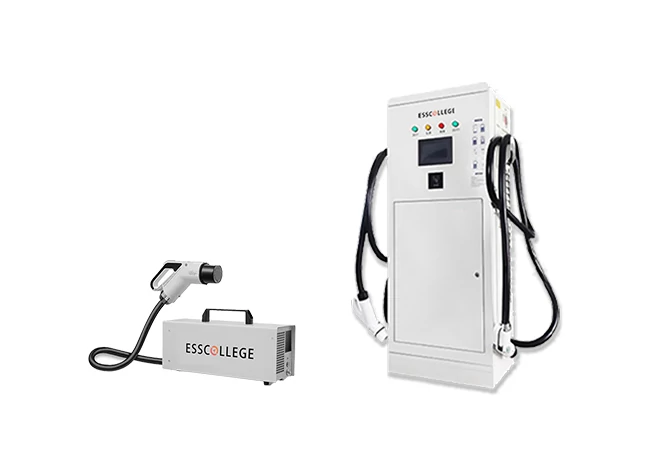
DC CHARGING PIlE SERIES
DC charging pile is an efficient charging facility for electric vehicles, which uses direct current (DC) to directly charge the vehicle battery, significantly reducing the charging time. Compared with traditional AC charging piles, DC charging piles are able to provide higher power output and can usually charge an EV to 80% of its capacity in 30 minutes, providing users with a convenient charging experience.
Extended reading
The power management component of DC charging pile meter is the key component responsible for electric energy conversion and control in charging pile
The power management component of DC charging pile meter is...
The application of low carbon steel plate in DC charging pile
The application of low carbon steel plate in DC charging...
The temperature detection function of charge control chip is introduced
The temperature detection function of charge control chip is introduced...
THE ESSC Brand promise
Global supply
Our products sell well all over the world, covering many countries and regions, through the global logistics network, to provide customers with convenient purchasing experience.
Rigorous quality
We adhere to the highest quality control standards to ensure every product meets industry regulations and customer expectations, earning trust through consistent excellence.
Excellent service
With a customer-centric approach, we provide prompt responses, professional support, and personalized services, aiming to deliver the best user experience and long-term value.
